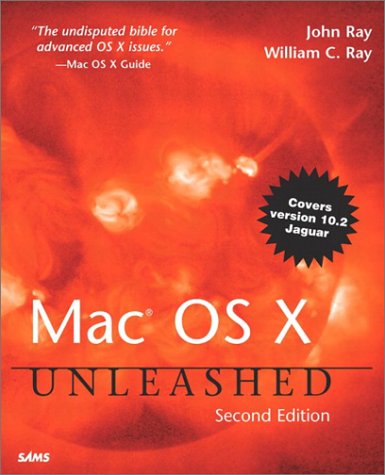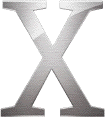With the release of version 10.1 of Mac OS X in the fall of 2001, the new operating system was finally stable enough for mass distribution on all shipping Macintosh computers. Yet underneath the new colorful interface was a powerful, complicated operating system based on BSD Unix. An Mac users of all kinds needed help both in figuring out how to run OS X and in understanding how OS X worked underneath the covers and how to get the most out of it.
In late summer 2002 Apple is expected to release a new version of OS X-code-named "Jaguar"-that will add some end user featurs (like iChat), that will increase OS X's stability, and that will further extend the capabilities of the underlying Unix-based subsystem.
The second edition of Mac OS X Unleashed takes the same approach as the best-selling first edition, helping the reader deal with the most trouble-prone aspects of the user interface-including the new features in the latest version-but focusing to a much greater extent on the BSD environment and how the user or administrator can get the most out of both the current operating system as well as the new components expected in the latest version.
À propos des auteurs
John Ray is an award-winning Web application and network developer for the Ohio State University. He holds a computer engineering degree from OSU and oversees network operations for one of its colleges. There, he implemented a campus-wide database for maintaining TCP/IP information for a wide range of networked computers. For the past five years, John has used Linux exclusively for his programming efforts and has championed its use for projects inside and outside the university. He provides Linux- and UNIX-based TCP/IP programming solutions to businesses nationwide. His other publications include Que's Red Hat Installation and Configuration Handbook, Linux Maximum Security, and Special Edition Using TCP/IP.
Dr. Will Ray is a mathematician turned computer scientist turned biophysicist who has gravitated to the field of bioinformatics for its interesting synergy of logic, hard science, and human-computer-interface issues. A long-time Macintosh and Unix enthusiast, Will has owned Macs since 1985, and has worked with Unix since 1987. Prior to switching his professional focus to the biological sciences, Will spent 5 years as a Unix programmer developing experimental interfaces to online database systems. Shortly after migrating to biophysics, Will developed a Macintosh- and Unix-based computational biology/graphics laboratory and training center for The Ohio State University's College of Biological Sciences. At the facility, which he managed for five years, Will introduced hundreds of students and faculty to Unix, and provided training and assistance in the development of productive computing skills on the paired Macintosh and Unix platforms.
Will is currently a researcher at the Wexner Research Institute of Children's Hospital in Columbus, Ohio, where he is developing Web-based database tools and working to build a core computational research and training facility.







